The importance of instilling the concept of...

Before learning to read, young children need to understand how books work and what they are for. These pre-reading skills are known as concepts of print. The best way to help your child to develop print concepts is to share all different kinds of books together. As you read a variety of books, talk with your child about how the pictures and words go together to tell stories or provide information. Model how the books are held and point out how text is organized on each page to make sense. Several fundamental concepts of print are listed below along with some suggestions for helping your child to build knowledge of each one.
Books are held a certain way.
Kindergarten Common Core Standard: Foundational Skills
K.RF.1 Demonstrate understanding of the organization and basic features of print.

After modeling how to hold a book correctly and how the pages are turned from the front to the back, play a game in which your child must catch and correct any mistakes you are making when you sit down to read together. For example, begin a new story by holding the book upside-down. When it proves too difficult to read and understand the story that way, have your child explain why the book cannot be read from that position. Ask your child to show you how the book should be held so that it can be read without a struggle. On another occasion, begin reading by turning the pages from the back to the front. Again, when your child protests your mistake, have him explain why reading the book that way will not work.
Kindergarten Common Core Standards: Foundatonal Skills
K.RF.1a Follow words from left to right, top to bottom, and page by page.
K.RF.1b Recognize that spoken words are represented in written language by specific sequences of letters.
K.RF.1c Understand that words are separated by spaces in print.
As you read, point to words as you say them. This shows your child that there is an order to the words printed on the page. Pointing to each word in a sentence as it is stated demonstrates how print is organized from the left to the right and from the top line down to the bottom line. There is no need to point to every word in a book throughout an entire story. This could cause your child to become frustrated with the story’s progress. It’s best to use the technique every once-in-a-while with one sentence here or two sentences there. After doing this for a period of time, begin to draw your child’s attention to the spaces between the words on a page. Explain that these spaces separate each word. If the words were not separated, they would stop being words and become a collection of confusing sounds. To give your child an idea of what this would be like, read the text as if it were one uninterrupted collection of letters.
Kindergarten Common Core Standard: Literature
K.RL.6 With prompting and support, name the author and illustrator of a story and define the role of each in telling the story.
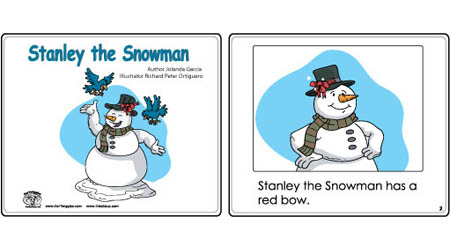
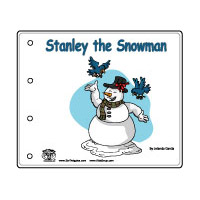 Preschool Activities: |
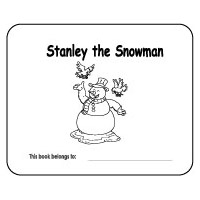 Preschool Activities: |
| Free: Stanley the Snowman Story Book Color |
Stanley the Snowman Booklet b/w |
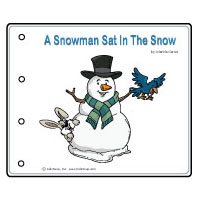 Preschool Activities: |
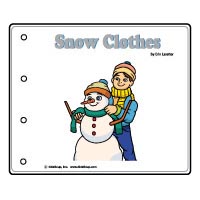 Preschool Activities: |
| A Snowman Sat in the Snow Emergent Reader Book Sight Words |
Snow Clothes Emergent Reader Story Book |
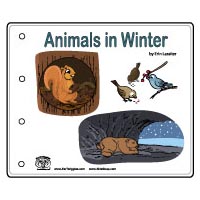 Preschool Activities: |
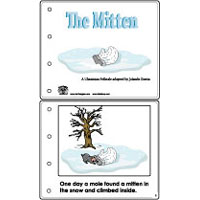 Preschool Activities: |
| Animals in Winter Emergent Reader | The Mitten Emergent Reader Booklet |
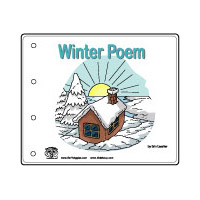 Preschool Activities: |
|
| Winter Poem Emergent Reader |
Written by Erin Lassiter
KidsSoup Resource Library
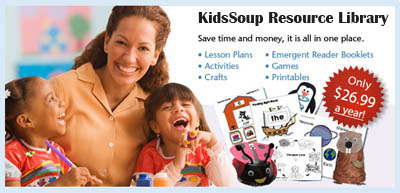
Get access to all our over 9,000 preschool and kindergarten resources! Sign up for the KidsSoup Resource Library membership now! Only $26.99 for one year!